Film Review: The Last Man on Earth (1964) The Origin of Zombie Apocalypse Narrative
- Ryota Nakanishi

- Sep 7, 2021
- 6 min read
Updated: Jan 16, 2022

FILM AND REALITY
A film under capitalism only can be an entertainment commodity and narrative control device of the ruling class. On the contrary, it will be pure art in classless society in terms of social production. Karl Marx (1818-1883) saw art form as some kind of cure to alienation yet it is in fact form of alienation itself in capitalist society like any other form of human labor.
'Professional' filmmakers / videographers would say that film art is faithfully about human emotion, universal human values and dramatic catalysis. It is to some degree true under employment contract with studio or ad company bosses because they have to sell their own labor power while they also simultaneously have to sell one man's independent thought on concrete social issues and grave concerns. This kind of total obedience (political correctness here means depoliticisation of individuals, employees; professionally required conscious blindness to politics of their employers) is strictly required by capitalists in the industry, otherwise they could be 'canceled' systematically.
As a narrative device, a film is always about abstracted human conflicts and its 'plotted' development under 'scripted' situations. Here each narrative structure inevitably functions as dasein (determinate being) of narrative control no matter which film style they choose. In the completed form of film work, the narrative structure already replaced facts and context in real society. Furthermore it imitated genuine reality.
The Last Man on Earth (1964) is obviously a so called post-modernist film. In short, post-modernism means that official narratives (even REALITY itself) being defined by the most dominant power unlimitedly, liquidly and which is also politically harmonious with borderless commercialisation of neoliberalism. It is a kind of pseudo-decentralisation in practice because invisible hands of monopoly capital are always behind it.
This essay focuses on social advantages of The Last Man on Earth (1964) as antithesis to today's radicalised dualism in general.

The author of the original novel I Am Legend (1954), Richard Matheson (1926-2013) was and still is the Bram Stoker (1847-1912) of America who modernised, revolutionised and successfully localised European gothic horror tales in US. His film masterpieces are: House of Usher (1960); The Last Man on Earth (1964); Duel (1971); The Night Stalker (1972); The Night Strangler (1973) and so on. Without I Am Legend (1954) and The Last Man on Earth (1964), there would not have been subsequent zombie movies (e.g., George A. Romero's DEAD franchise) and video games (Japan's RESIDENT EVIL series).
For film audiences, film history of this zombie genre is easily grabbed by following classical films of each development phase. Zombie films of today (US) have been evolved from: White Zombie (1932); The Last Man on Earth (1964); Night of the Living Dead (1968); Dawn of the Dead (1978); Day of the Dead (1985); 28 Days Later (2002); Resident Evil (2002) and World War Z (2013).
Although ghouls of The Last Man on Earth (1964) are accurately VAMPIRES, it unexpectedly includes all social commentaries and elements of George A. Romero (1940-2017)'s zombie films(1968-2009). This kind of comprehensiveness is an essential feature of being a classical film. Moreover, this pandemic film exceeds any other ZOMBIE APOCALYPSE films in terms of political sophistication.
Core narrative (central thought) of this film is misunderstood if audiences do not notice that Ruth's black-shirted militant vanguard is not actual MUTANTS but they are just infected humans with incomplete immunity to the vampire virus. It is sheer contrast to the second adaptation of the same novel, The Omega Man (1971) and the third one, I am Legend (2007). And it makes this film more profound than any zombie apocalypse films.
Thus the ''vampire hunter'', protagonist Dr. Robert Morgan (Vincent Price) is decentralised when he realises the truth at midpoint of ACT2. Relativisation of the supposed to be 'POLITICALLY CORRECT' side means denial of dualism (such as typical Cold War narrative). Even Dr. Robert Morgan (Vincent Price) is also CORRECT SCIENTIFICALLY because he knows the truth and is able to create a cure for other humans. However Ruth's black-shirted militant vanguard does not trust him because the protagonist already committed ''brutal murder'' of infected people (VAMPIRES) for three years thus they are hysterically radicalised against the ''living legend'' Dr. Robert Morgan (Vincent Price). As a result, it reveals that being scientifically correct cannot adequately secure victory of the 'protagonist' because it must be accompanied by social forces. This core conflict even astonishingly overrides power of unification of inept vampires (ghouls) in this film which is still felt newer and fresher than Land of the Dead (2005).
Abstractly, this core narrative itself tells social reality in depth WITHOUT criticising any social system or bureaucracy.
NARRATIVE AND AESTHETICS
ACT 1

Exposition: Vampire plague spreads around the globe and turns people into vampires. Protagonist Dr. Robert Morgan (Vincent Price) seems to be an only survivor of the vampire pandemic who tries to destroy as many vampires as possible in the daylight with wooden stakes in town and repels vampires at night with traditional anti-vampire devices like garlics and mirrors. Later, a nightmarish flashback sequence shows what had happened to him and his family three years ago. In which, his family members infected with the vampire virus. First, his daughter Kathy Morgan (Christi Courtland), and then his wife Virginia Morgan (Emma Danieli) dies from the pandemic. The latter even becomes a vampire and returns home from a grave to assault Dr. Robert Morgan (Vincent Price) at the end.
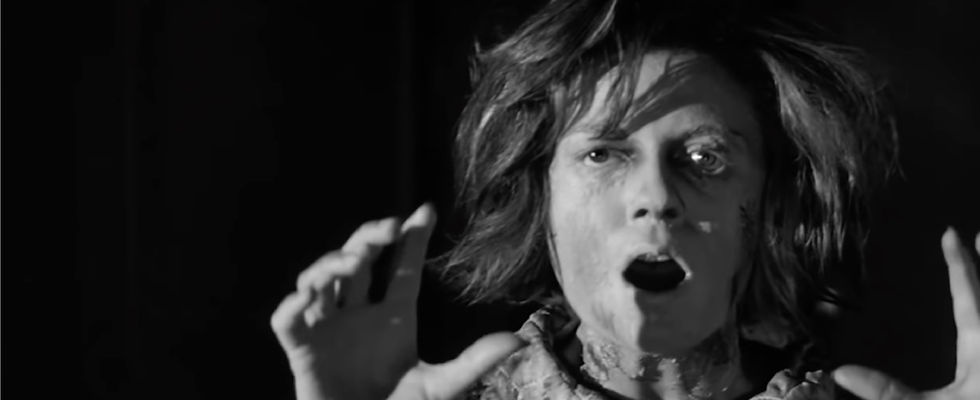
Inciting Incident: One day, Dr. Robert Morgan (Vincent Price) finds a dog and treats it. He even cures its wounds however unfortunately the dog later identified as vampire-virus positive.

End of ACT1: After burying the dog, another survivor, a suspicious woman Ruth Collins (Franca Bettoia) suddenly appears at the site mysteriously and runs. Then, Dr. Robert Morgan (Vincent Price) persuades her to come and stay at his shelter (fortified home) for safety before sunset.
ACT2
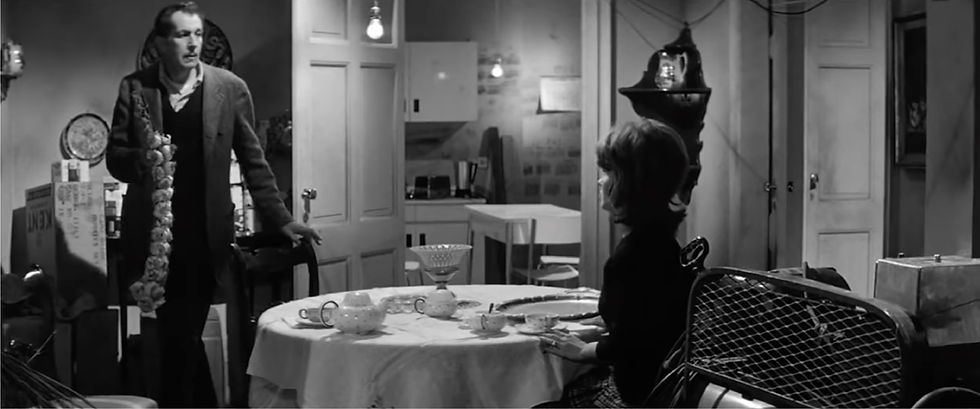
Complication: After returning home, Dr. Robert Morgan (Vincent Price) tests her with waving garlics in front of her face. Subsequently garlics repel Ruth Collins (Franca Bettoia). Then he is growingly more suspicious of her behaviours.

Midpoint: The moment of truth comes when Dr. Robert Morgan (Vincent Price) finds out that Ruth Collins (Franca Bettoia) attempting to inject herself with a drug which is a temporally effective antigen against the vampire virus. Then she draws a gun on him yet surrenders soon. Ruth Collins (Franca Bettoia) reveals that there is the vanguard of new society who sent her to spy on him to kill because Dr. Robert Morgan (Vincent Price) ''murdered'' infected people who were in fact still alive.

End of ACT2: Dr. Robert Morgan (Vincent Price) believes that he has antibodies against the virus and transfuses his blood to cure her. It turns out successful but one of vampires, ex-friend, colleague, Ben Cortman (Giacomo Rossi Stuart) sneakily breaks into his house to drag her out.

ACT3

Final Confrontation: Ruth Collins (Franca Bettoia) suggests that Dr. Robert Morgan (Vincent Price) flee immediately before their arrival but he refuses. Vampires assault them, the militant vanguard also arrives to soon overpower vampires surrounding his house. Then, the vanguard turns on him as they planned.

Solution: Dr. Robert Morgan (Vincent Price) exchanges fire and goes to police station to get tear gas grenades. Then running into a church to resist despite the number of assailants.
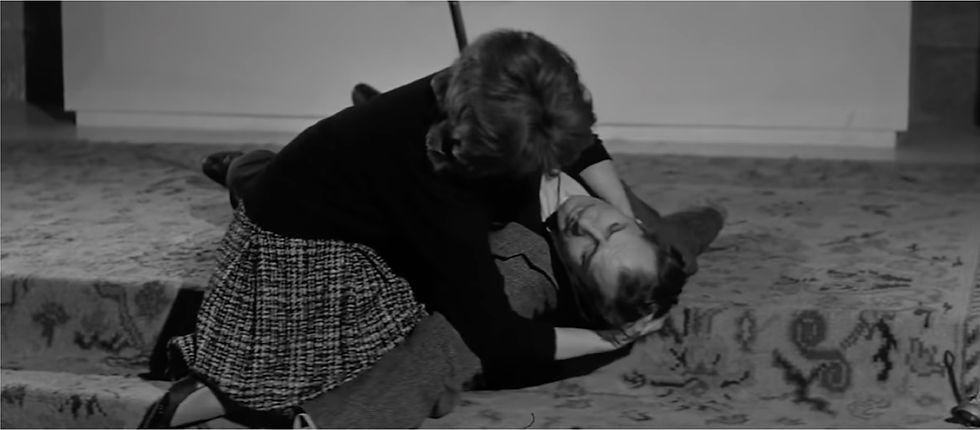
End of ACT3: The black-shirted militant vanguard gets him with a thrown spear. Dr. Robert Morgan (Vincent Price) blames them 'freaks' and declares he is the last man on earth before his death. Ruth Collins (Franca Bettoia) cradles his body and tells her comrades they are safe now.
COMMENT
1. One of major technical features of this film is that its narrative structure is unbalanced in terms of the Three Act Structure yet it still sticks to its principles. After the one hour exposition of ACT1, the film narrative action swiftly develops and ends ACT2 and ACT3 within 30 minuets however it still does not detract any focal point of the Three Act Structure.
2. This film is full of emotional responses of characters to the tragedy. Notably, Vincent Price's melancholic facial expressions. At one scene, Dr. Robert Morgan (Vincent Price) laughs when he sees his family footage containing comical performances of clowns on the screen but his laughing gradually turns into crying due to revival of memories of their tragic end. This is the best example of the technical term 'passion' in film expression. From one status of object changes into the opposite with enthusiastic emotional engagement.

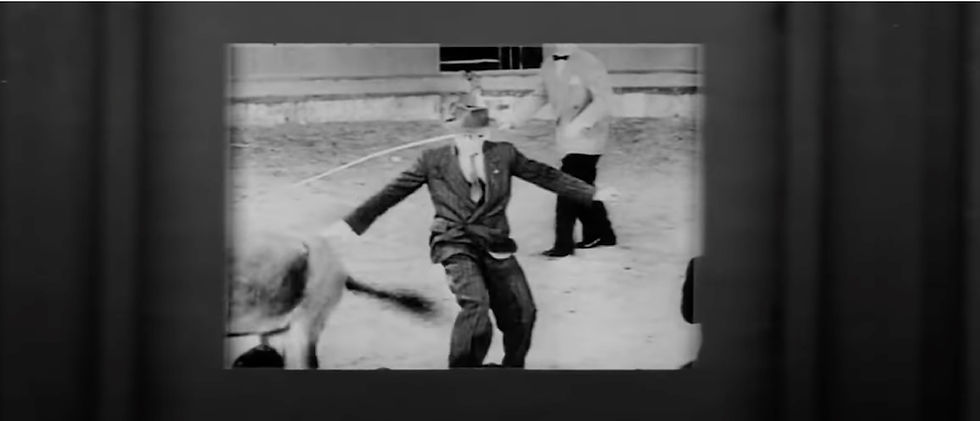

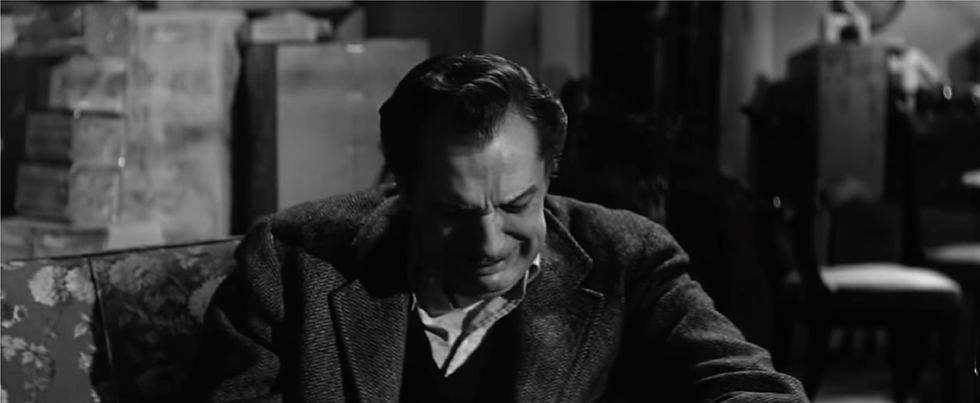
3. For cinematography and film editing, this film is stably shot in multi-camera operation in order to smoothly make match cutting like blockbuster films. The most of cuts are made with action match and angle match. No obvious mismatch detected during screening. The most interesting aesthetic solution is the use of a wave filter before and after the extremely long flashback sequence.
In conclusion, The Last Man on Earth (1964) was and still is the most essential zombie apocalypse film. The author Richard Matheson (1926-2013) must be credited as the creator of zombie culture of today because his original novel I Am Legend (1954) and The Last Man on Earth (1964) already contained all social elements and commentaries of subsequent zombie films.
FULL MOVIE
Full Video URL:
Any part of this report may be disseminated without permission, provided attribution to the professional film writer Ryota Nakanishi as author and a link to www.ryotanakanishi.com is provided.
This film article is for the educational purpose only.
Copyright Disclaimer Under Section 107 of the Copyright Act 1976, allowance is made for "fair use" for purposes such as criticism, comment, news reporting, teaching, scholarship, and research. Fair use is a use permitted by copyright statute that might otherwise be infringing. Non-profit, educational or personal use tips the balance in favour of fair use.




Get the best casino experience with casinodanmark.com. We offer games from the best providers and a wide variety of payment methods. Play your favorite slots, blackjack, roulette, and more.